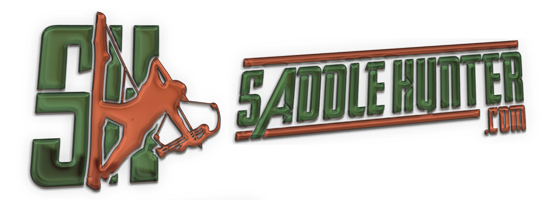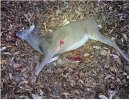MidMichBow
Member
Hi everybody,
I just got new strings and all tuned up/sighted in. I'm all set for turkey season. I'm curious your thoughts on ideal gpi for deer hunting; I tend to prefer heavier arrows since that's what I grew up shooting and I'm not pulling a ton of weight (50 lbs on a Bowtech Guardian). I've been using the old Beman's version of what's now the EASTON 6.5MM BOWHUNTER (9.3 gpi). I was trying to buy the Bowhunter's, but they weren't in stock locally. Long story short, I ended up buying the Cabelas/Bass Pro X3 Hunter arrows (same spine, 8.7 gpi - made for them by Gold Tip, I believe). Shooting them side by side, the Cabelas arrows do shoot differently (I can shoot farther with less drop - presumably because of the lower weight). Trying to make a decision for the coming deer season whether to just switch to the Cabelas arrows only or get more of the Eastons. I prefer the Easton brand, but also my wife wouldn't like me spending more $ on hunting... I think mixing is a bad idea per what I already mentioned above. Thanks for your thoughts!
I just got new strings and all tuned up/sighted in. I'm all set for turkey season. I'm curious your thoughts on ideal gpi for deer hunting; I tend to prefer heavier arrows since that's what I grew up shooting and I'm not pulling a ton of weight (50 lbs on a Bowtech Guardian). I've been using the old Beman's version of what's now the EASTON 6.5MM BOWHUNTER (9.3 gpi). I was trying to buy the Bowhunter's, but they weren't in stock locally. Long story short, I ended up buying the Cabelas/Bass Pro X3 Hunter arrows (same spine, 8.7 gpi - made for them by Gold Tip, I believe). Shooting them side by side, the Cabelas arrows do shoot differently (I can shoot farther with less drop - presumably because of the lower weight). Trying to make a decision for the coming deer season whether to just switch to the Cabelas arrows only or get more of the Eastons. I prefer the Easton brand, but also my wife wouldn't like me spending more $ on hunting... I think mixing is a bad idea per what I already mentioned above. Thanks for your thoughts!


